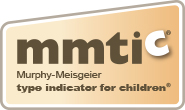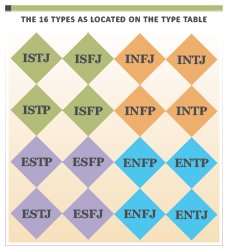The Joy is in the Details: Type Tip #24
Children with a Sensing preference enjoy sharing all the rich details of an event. How could you possibly understand the ending if you don't know all the pieces? When asked to describe a presentation at school a young child who prefers Sensing started with "We were on Unit 22 - Rounding" and then she continued with explicit details. Their joy is sharing. If you do not have time to listen to everything it would be better to say, "Tell me Chapters 1 and 2 now and save the rest of the story for later. I can listen better then." Hurrying a child's (Sensing preference) narration can send a secondary message that the details are not important when they really are important to them.



_thumb.png)





_thumb.png)








